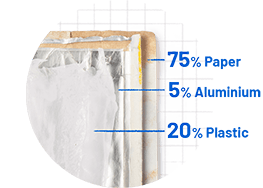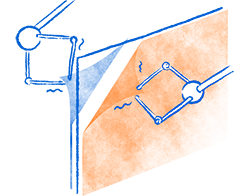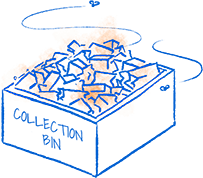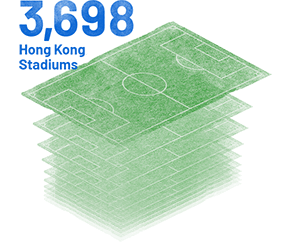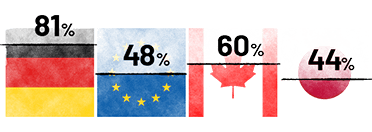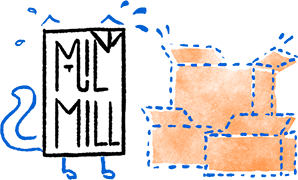CHAPTER 5.1
“Liquid carton”in Chinese is really misleading
A question for you: Can liquid cartons be recycled?
The answer is NO until October 2019.
Even if liquid cartons can be recycled now, it doesn’t mean that most of the recycling bins will accept paper cartons.
It seems quit confuse at this moment.
The fact is that liquid carton could be separated into aluminum foil carton and mike carton. The former makes up of paper, plastic and aluminum, while the later makes up of paper and plastic.
Another question:
how many layers of paper/ plastic/ aluminium
are there in a liquid carton?
The answer is between three and seven layers, depending on the specifications of different manufacturers.
Liquid cartons are……not just made of paper,
don’t be misled by their appearance. When you unpeel the pack, you will find layers of paper, PE plastic and aluminium foil. The first layer of paper is used for keeping the pack’s rigidity and to facilitate the printing of information on it; the PE plastic makes the pack water-resistant and glues the layers together; and the aluminium foil blocks light and oxygen from affecting the drink, and it also acts as a hot glue. These three kinds of materials stack up to become the liquid carton—feels like paper, but it is actually a composite material. Take the example of the lemon tea available in Hong Kong, the ratios of paper, plastic and aluminium used in a pack are 75%, 20% and 5% respectively.
